Perhaps the biggest trend to hit the spirits market in the last decade is the invasion of “Stupor-Premium” spirits, kicked off by marketing genius and importer of Jägermeister, Sydney Frank with his now-famous Grey Goose vodka. Mr. Frank saw an opening in the spirits world, which was dominated by spirits generally priced according to some innate characteristic. Aged, rare, or more complex spirits commanded a premium price, while mass-produced or unremarkable spirits sold as commodities. In most spirit categories, there were obvious premium brands. A no-name Massachusetts whiskey sold for well below the price of a 20 year old single malt Scotch, and cognacs, presumably the premium segment of brandies, were further stratified by the imposing-sounding Bureau National Interprofessionnel du Cognac. In essence, more money bought you taste, rarity or some combination thereof.
Vodka did not have a premium category, since it is by its very nature a colorless and tasteless liquor, with any identifyable taste imparted by an adulteration of the spirit (through filtering, flavoring, etc.) Frank recognized a golden opportunity to create a premium brand through a marketing exercise, rather than any special technique or taste to the actual product, and hence Grey Goose was born and eventually sold to Bacardi for a purported $2B.
Now, Frank’s formula is being applied all over the liquor world, attempting to turn an otherwise unremarkable product into a premium one through marketing rather than the old standards of unique preparation or rarity. Walk through the vodka aisle of your local liquor store, and you’re sure to see a raft of products following his template, which seemingly includes the following:
- Make your product somewhere interesting, usually France. Grey Goose built their distillery in the cognac region, logistically due to a good supply of clean water, but likely of equal import, to impart the “premium” perception that comes with “Made in France”.
- Price the product in the $20-$40 sweet spot: expensive enough to seem “premium” but cheap enough to be an inconsequential luxury or splurge. Most can’t afford a $1500 cognac, but will gladly drop $30 on a vodka that marketing assures them is “just as ‘premium’” as the Louis XIII.
- Put the thing in a fancy, classy, or garish bottle, or attempt all three.
- Give the product a backstory with just the right combination of pastorality, ludicrosity, and unverifablosity (and also make up some scientific-sounding words in the process).
- Create a faux-rarity by claiming near-magical properties for the materials that make up your product.
At this point in the vodka arena, the next logical step for a product is one that is made on the moon from the tears of fairies, packaged in les poubelles rares from la France by midget leprechauns, with a portion of the proceeds allocated to their annual allotment of Lucky Charms.
While Grey Goose and the more successful brands rightfully deserve a chapter or two in every marketing text book, there’s a risk that they inflict their marketing-driven stupor across the spirits industry, placing form and flair several ranks above taste. They’ve already added a premium price to my old standby Stolichnaya (I only want vodka made from the rye, sweat, and shattered dreams of former Communists), and are now invading everything from liqueurs to rums.
Keep your fancy bottles and overblown backstories, and give me a tasty product at an appropriate price. I’ll even give you bonus points for an anti-premium name like Old Granddad, Wild Turkey, or Beefeater.




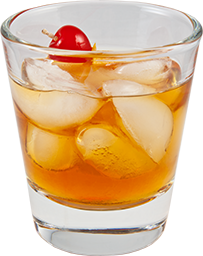
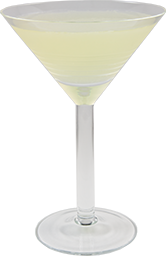
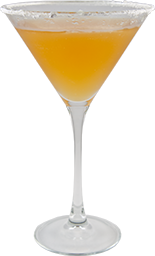
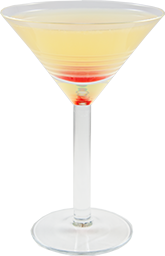
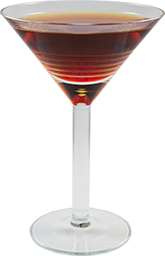

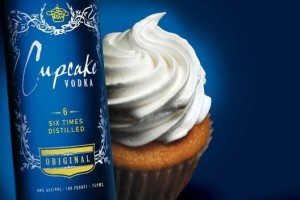
[…] bottle, the rest of the St-Germain “experience” is a case study in the new category of stupor-premium spirits: slick and well-executed marketing, a quaint backstory and associated photography of rural […]